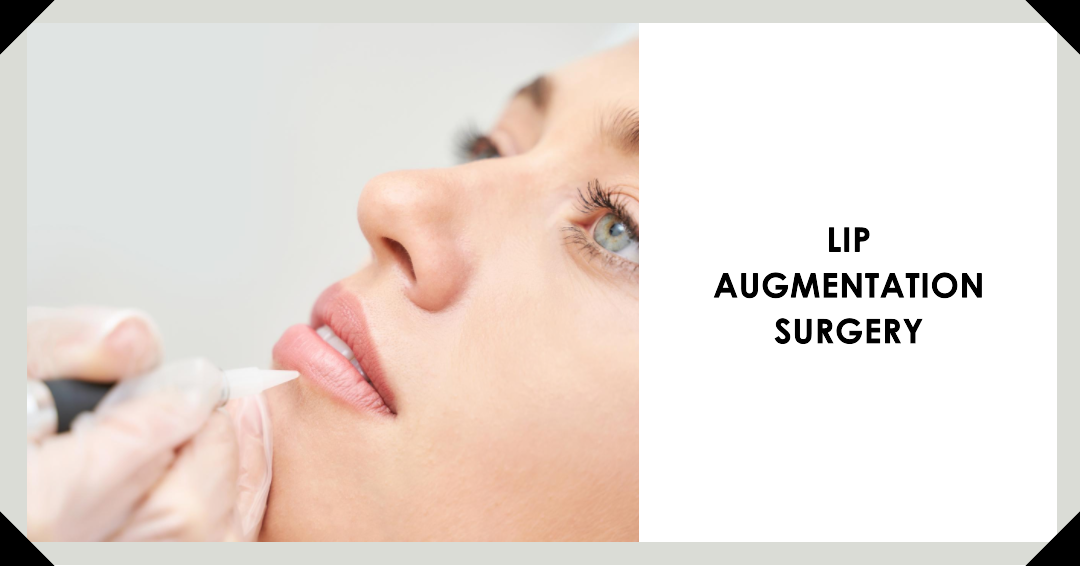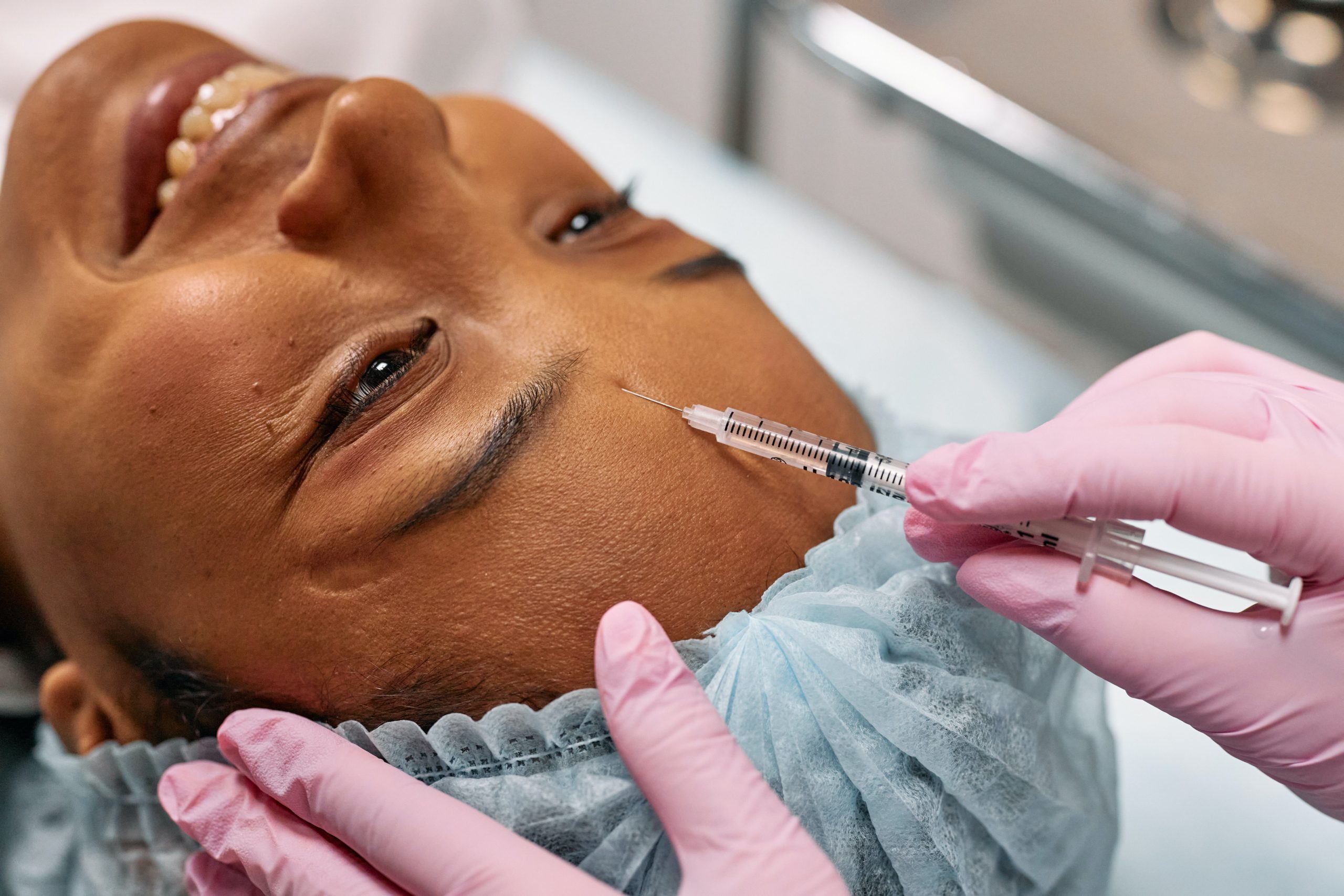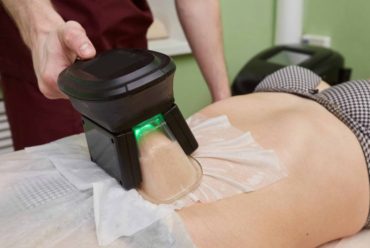Lip augmentation is a cosmetic procedure that involves enhancing the appearance and shape of the lips. It is primarily aimed at adding volume, definition, and symmetry to the lips, creating a more plump and aesthetically pleasing appearance.
There are several methods and techniques used for lip augmentation, including:
- Dermal Fillers: This is the most common and popular method for lip augmentation. Dermal fillers, often made of hyaluronic acid, are injected into specific areas of the lips to add volume and shape. The fillers help to plump up the lips and can also smooth out fine lines and wrinkles around the mouth. The results are temporary and typically last several months before a touch-up is needed.
- Fat Transfer: In this procedure, fat is harvested from another part of the patient’s body, usually through liposuction, and then injected into the lips. This method uses the patient’s own fat cells, making it a natural and long-lasting option for lip augmentation.
- Lip Implants: Lip implants involve the surgical insertion of synthetic materials, such as silicone, into the lips to increase their volume and shape. This method provides a permanent solution for lip augmentation, but it requires a surgical procedure and recovery time.
- Lip Lift: A lip lift is a surgical procedure that involves removing a small strip of skin from the upper lip area to lift and enhance the upper lip’s appearance. This procedure can create a more defined lip border and increase the amount of visible pink tissue in the upper lip.
- Lip Tattooing: Also known as lip blush or lip micropigmentation, this technique involves depositing pigments into the lips to enhance their color and shape. It can create the illusion of fuller lips and provide a semi-permanent solution.
It’s important to consult with a qualified healthcare professional or cosmetic surgeon if you are considering lip augmentation. They can assess your goals, discuss the available options, and recommend the most suitable approach based on your individual needs and preferences. They will also provide guidance on potential risks, recovery time, and expected outcomes of the chosen procedure.




